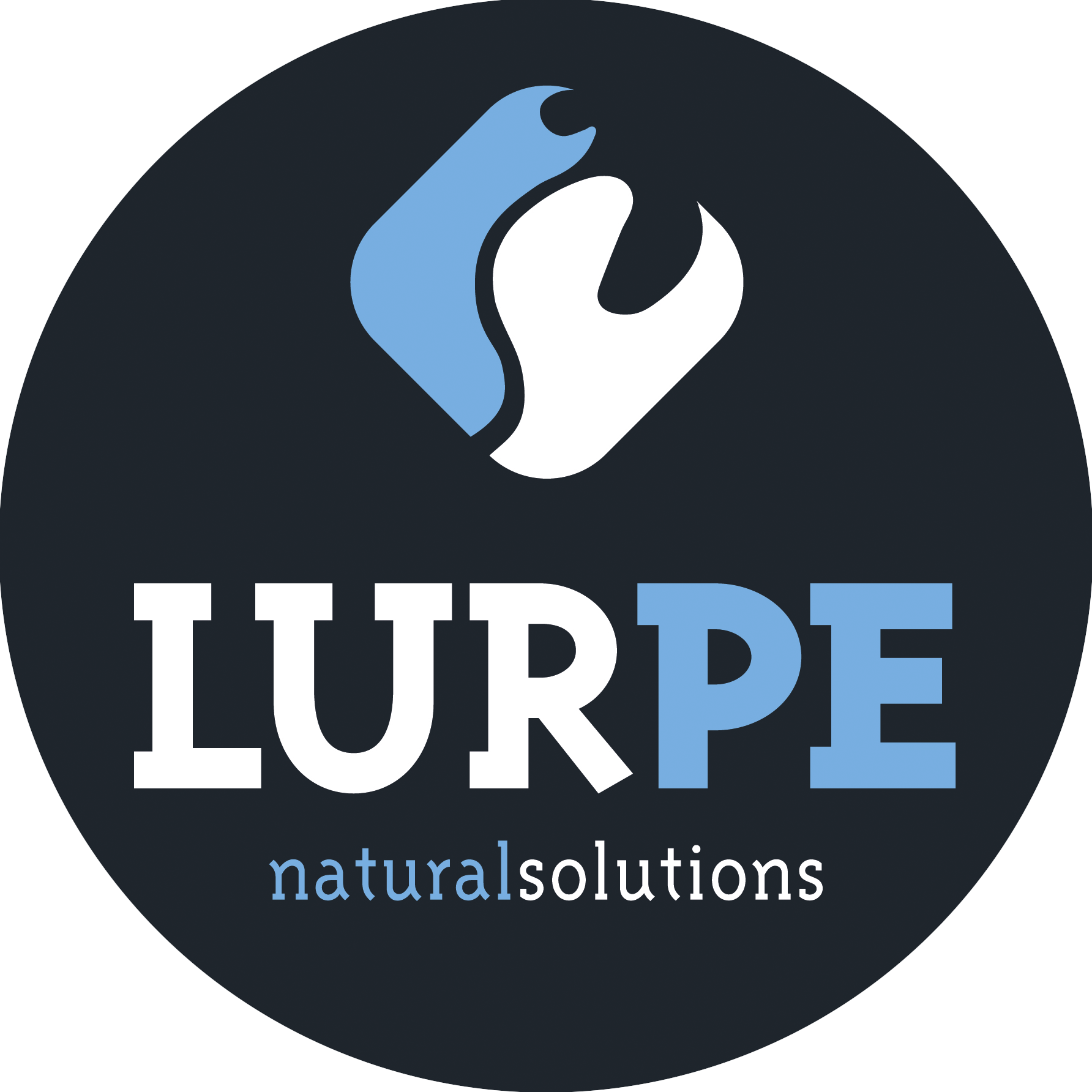

A pot size according to the final size of the plant is more important in Living Soil cultivation
than in cultivation with soluble fertilizers. Depending on the growth that the plant is going to
have, we have recommendations, which in combination with the products of Lurpe Natural
Solutions, allow you to obtain the best results in a simple way.
Recommended minimum: 11-liter pot, 15-20 days of growth. 16 plants m2.
Our favorite: 20-liter pot, 20-30 days of growth. 9 plants m2.
It is possible to cultivate in smaller pots and with longer growth periods, but you have to be an
experienced cultivator to obtain the best results.
You can use any quality substrate for Living Soil cultivation.
It depends on various factors such as the variety, pot size, growth time, how you like the
plant to finish green or yellow… But we have simple indications that work very well in the
majority of cases. If you follow the indications that we give for the pot size, the recommended
percentage of humus or compost is:
11 l pot: 20% humus or compost
20 l pot: 15% humus or compost
50 l pot or Beds: 10% humus or compost
If you use other pot sizes or growth periods than what we recommend, you have to adjust
the amount of humus or compost. When the growth is longer and/or the pot is smaller, you have to
increase the percentage of humus or compost.
If you use the products of Lurpe Natural Solutions and its indications, you can plant the same
day you make the mix. If you use compost or other organic matter, the mix may heat up for a
few days, and you may have to wait to plant.
The most correct way to apply it is in contact with the roots, sprinkling the transplant hole. But if
you have to distribute the content in many pots, it can become complicated to distribute
everything evenly. Therefore, a good alternative to achieve a homogeneous distribution is to
dilute the contents of the vial in the water of the first watering.
If you follow our pot size recommendations, normally the lowest dose (4 g/l) is sufficient. If
you use other pot sizes or growth periods than what we recommend, you have to adjust the
amount of Tasty Flowers. When the growth is longer and/or the pot is smaller, you have to
increase the percentage of Tasty Flowers. For amounts greater than 4 g/l, we recommend
dividing them into 2-3 applications, spaced 1-2 weeks apart.
Yes, there are some differences with watering with soluble fertilizers. The main difference is
that it is not recommended that water drains when watering. We lose the nutrients that we
have put in the soil. The other significant difference is that it is important to always keep the
soil moist (without waterlogging!). The life and activity of the microbiology and the chemistry of
the soil depend on water, the more moisture, the more activity. It is important to avoid periods
of drought.
We recommend using chlorine-free water for better results, as chlorine damages the soil
microorganisms. There are different ways to eliminate chlorine from the water, such as using
filters, letting it air for 24-48 hours, or oxygenating the water with an air pump for 2 hours.
In Living Soil cultivation, the pH range of the water can vary between pH 5.8-7.5. The mixture
of ingredients in our Super Soil products has the ability to regulate the soil pH. If your water’s
pH is outside that range, regulate it with the most natural product at your disposal (e.g., citric
acid).
Yes, in fact, it is recommended if your water is very hard. Keep in mind that you don’t need to
reduce the water to 0 EC. You can leave it at 0.3-0.5 by mixing it with unfiltered water.
The maximum recommendation we give is to apply it every 7-10 days. However, by making 1-2
Teas during the growth phase and 2 or 3 in the flowering phase, you will see results. For mother
plants, a Tea every 2 weeks.
The maximum recommendation we give is to apply it every 7-10 days. However, by making 1-2
Teas during the growth phase and 2 or 3 in the flowering phase, you will see results. For mother
plants, a Tea every 2 weeks.
Our Compost Tea blends have a low N-P-K, they act as biostimulants, provide secondary
nutrients, micronutrients, and a large number of bacteria that play an important role. If desired,
some high-nitrogen, phosphorus, or potassium raw material can be added as needed.
During the aeration process of compost tea, foam may be generated due to saponifying
substances, which can be found in different organic ingredients. Contrary to often said, IT IS
NOT AN INDICATOR OF THE COMPOST TEA’S LIFE.
Yes, of course. In fact, it is a good way to achieve great results while reducing fertilizer costs
and reducing the need to clean the roots at the end of the harvest. You can apply it every 7-10
days.
If you use our Super Soil and Compost Tea mixes, you don’t have to use either the Kelp Meal
or the Volcanic Ash. All our mixes contain these ingredients.
humus or compost is our source of organic matter, use it to make your Compost Teas and Super
Soil mixes.
Hydrolyzed Kelp: It’s our only soluble product. It can be used as a supplement with our Super
Soil and Compost Tea mixes, but it is not mandatory.
Temperature plays a crucial role in the success of crops in Living Soil with LED lamps.
Maintaining an appropriate temperature is key to ensuring optimal absorption of these nutrients
and ensuring successful plant growth. We recommend that the ENTIRE grow room be at a
temperature of 25-27°C during the lighting period. Check out the entry on LED cultivation on
our blog for a more detailed explanation.

